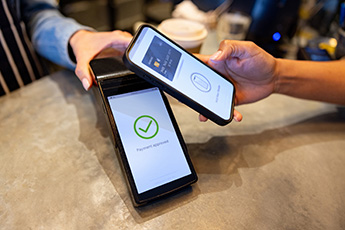The DNA of big
banks is that they don't wait for customers to visit a local branch, but rather
have ramped up real time messages like "your checking balance is low" or "your
credit card activity is unusual." While this may be a basic service for big
bank customers, even some community banks are doing it.
A community bank
in FL, another one in NE and one in IA are all advancing their digital
communications with real time messaging. They say it's good business for them
because doing so helps retain tech savvy customers and attract new millennial
ones. If you find yourself echoing these sentiments, you may want to think
about expanding your bank's communications.
Community banks
have plenty of options when it comes to ramping up digital communications. It
also helps community banks to leverage customized services and differentiate
themselves. Consider that sending a quick message is the natural extension of a
good impression that has been created at the last branch visit.
Digital
communications also make it easy for customers to stay in touch with the bank.
Customers can manage alert preferences and alert types to their needs, so messages
from the bank are never a nuisance. The customer experience is improved and you
stay better connected.
Customers
appreciate this sort of thing and tend to deepen their relationship with banks
that offer such options. According to a Harris Poll, 67% of those surveyed said
alerts give them a sense of security. Customers can get important notifications
more quickly than ever and can act on them.
Of course, it
helps with fraud detection as well. An instant alert can determine whether a
transaction is authentic or not. The customer and the bank get real-time
information to stay safe in a very convenient way.
Digital messaging
communication may not be for all community banks, but it may be something to
look into. After all, more customers are asking for it, so it could make sense
in order to keep growing the customer base.
One way to start
is to talk to your core provider to see what options are available. Some may be
easier to incorporate into your digital platform than you think, while others
may not, but it never hurts to ask.
If you decide to
use digital alerts and notifications, be sure to bring your staff up to speed
on the process as well, since there may be follow up conversations with the
customer after an alert is sent. Lastly, be sure to communicate this new
feature with your customers and prospects. Since it is a digital feature, using
email, website, social media, and within your mobile app are good ways to do so.
We hope that this has all been useful and you can leverage it up within the DNA
of your bank as it continues to evolve well into the future.




